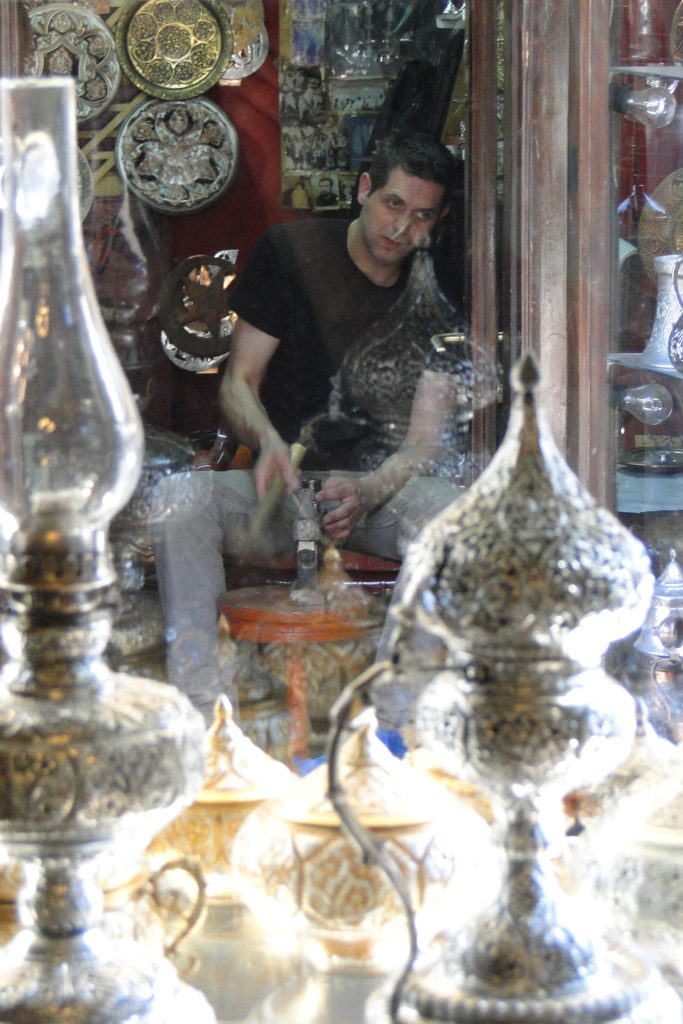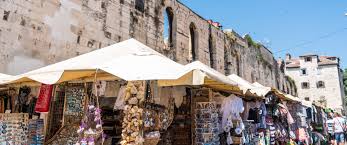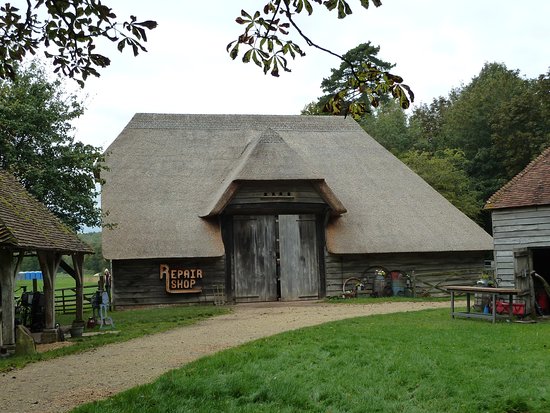
My limited experience as a journalist is practically immaterial. I wrote sports for two separate newspapers as an independent contractor. It was a long time ago. Like most of us, I’ve read a lot of journalism and seen a lot of it on TV. Oh, and I just learned that in 2011 the United States Court of Appeals for the Ninth Circuit made a ruling that a blogger is a journalist. To quote Bill Murray’s character Carl Spackler in Caddyshack, “So I have that going for me…which is nice.”
I occasionally listen to conservative talk radio. I’m not affiliated with either of the Big Two political parties. I have some conservative views and some liberal views. I like to think I vote on propositions and candidates based on their merits. I’ve noticed in my recent forays into conservative talk radio that a couple of the most popular have taken to proclaiming journalism has been abandoned. This has to do with the journalists’ liberal agenda that keeps them from being objective in relation to politics. They are so obsessed, according to their accusers, with destroying Trump and conservative government that they will cast aside reporting the truth.
I’m going to seek out non-partisan data on the state of journalism in today’s polarized world and report on what I find. Let’s find out if journalism has actually been abandoned.
Intro After the Intro
Journalism isn’t what a lot of people think it is, as illustrated in my opening paragraph. I remember in high school wanting to have journalism as my college major. I didn’t even fully understand what I would be studying. I actually wanted to major in creative writing, but I was too uninformed to know it. I did know journalism had to do with writing and it sounded so sophisticated, I figured it was cool to be a journalism major.
As I like to do, I’ve consulted the dictionary for a clear definition of journalism. The definition I think applies most is “material written for a newspaper or magazine.” This edition of 1991 was written before blogging existed, so please pardon its narrow-minded view of media. Also, the first definition notes it is “the occupation of gathering, writing, editing and publishing or broadcasting news.”
The point here is that journalism is placed high on a pedestal. The standard suggested for the idealized journalism may be higher than original journalism. Now, I do believe that ethical journalism aims for a standard of truth that has earned for it a place of respect in the arts and in society at large.

Journalism on the Run
Journalists have always been subject to scrutiny by governments, organizations and the powerful about whom they may write. The first known example of journalism was a news sheet in ancient Rome around the year 59 BCE. It was called the Acta Diurna, was produced daily and was posted in prominent locations. The printing press led to the first newspaper in Germany circa 1609. It was typical for these early publications to be censored, taxed and placed under various restrictions by their governments to control their content.
Modern journalism was born in the 18th century as freedom of the press began to emerge. Magazines started to allow for opinion-oriented articles. Newspapers and magazines rose in popularity until they became big business. The cost of gathering news on a large scale resulted in news agencies being formed. Radio and television, satellite transmission of signals and the Internet brought us into the Information Age. Here we have nearly instant communication around the globe, meaning the need for journalism is at an all-time high. In the 20th century, there came to be a growing sense of professionalism amongst journalists. Part of that involved a greater feeling for social responsibility in their chosen profession.
With the competition between news outlets, especially on cable networks and Internet giants (which now overlap in some media corporations), there is tremendous pressure to break stories first. The rise of sensationalism and the use of drama in relating the stories of the day created a blurring of the line between news and entertainment. The need for speed in getting news out to the public has the potential at least for less verification of facts before publishing them as such.
With these conditions in place along with media organizations’ reputations for political leanings left or right, journalists are increasingly open to mistrust by readers, listeners and viewers. A Gallup poll taken last year indicated that the trust in mass media has dipped to 41% among Americans. That’s better than the 32% mark seen in 2016, which was the all-time low, but it’s still low. A telling statistic is that 69% of Democrats trust the media while 15% of Republicans and 36% of independents do not.
I’m comfortable saying the reason for this division of trust is because the press is seen as being liberal in their political leanings. When you’re conservative, you can’t trust anything they say and you assume their coverage of the news and the political leaders is slanted to forward their liberal agenda. If you’re liberal, you find it easier to believe most press coverage with the exception of Fox News which you see as blatantly biased and possibly even brainwashing.
In today’s political climate, it has become much more commonplace to figuratively if not literally wish to have the journalists on the opposite end of the political spectrum run out of the business.
Journalism Abandoned?
Well, you can see why people might be willing to entertain that claim. The news sources could appear to be completely in it for themselves or for the people who share their views. But it’s quite a leap to state that journalism has been completely abandoned, even if you’re pointing that finger only at one side or the other. There’s much more data to be examined and I’m going long on this article already. We’ll look at the subject in greater detail with our next post. Meanwhile, we’ll ride out the national election and watch to see how the journalists handle their responsibility in this potentially volatile time for all Americans.



